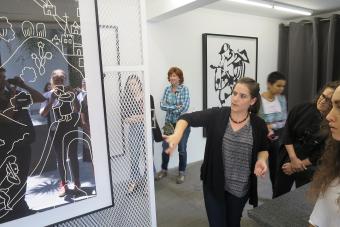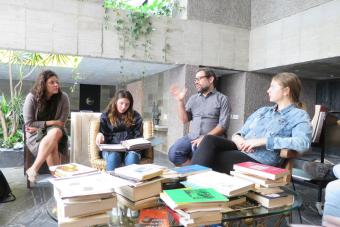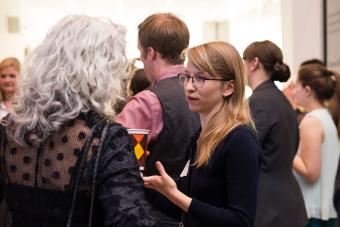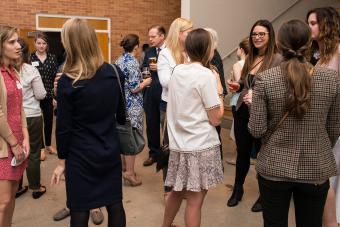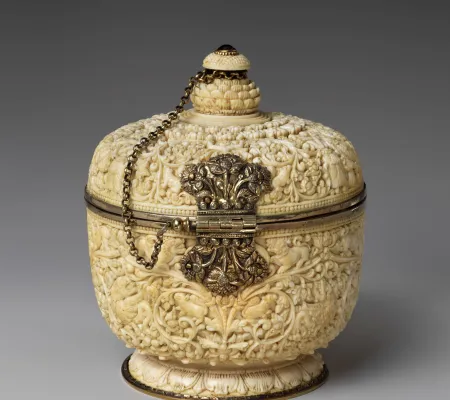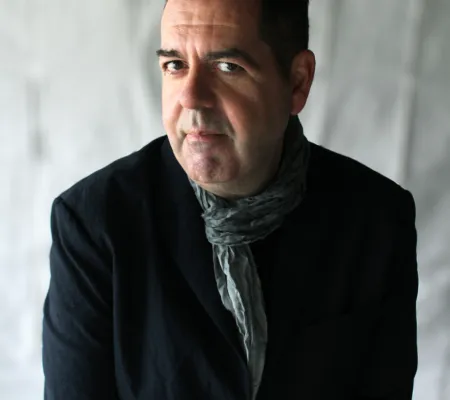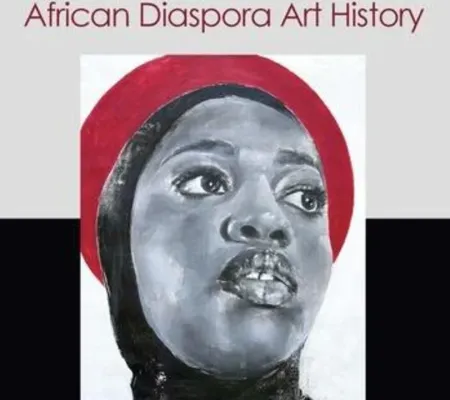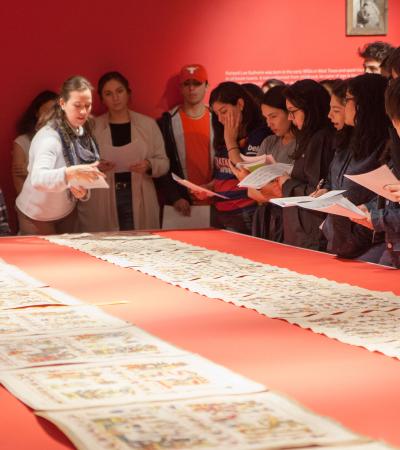
Art History Program
The Art History program is among the nation’s largest and most distinguished, with nearly twenty full-time faculty members who are leading scholars in their fields and represent a diversity of critical and methodological outlooks. Students in Art History are regularly honored with prestigious awards and fellowships, and alumni from this program lead successful careers at colleges, universities, and museums worldwide.
The program’s expansive scope comprises courses covering a wide range of periods and cultures of art, while areas of special concentration are represented by several active research centers. Interdisciplinary study and collaboration play a vital role in the program. Additionally, research is enhanced by access to the many resources available across campus including the Blanton Museum of Art, one of the country’s leading university art museums; the university’s notable library system; and cultural archives such as the Harry Ransom Center.
People
Art History News
Research Centers

Center for Latin American Visual Studies
The Center for Latin American Visual Studies (CLAVIS) is an international center for the advanced study of modern and contemporary art and visual culture from the Americas. Focusing on research and graduate training, it is a flexible and even portable space for the creation of original art historical knowledge through intellectual rigor and collaboration across disciplinary and geographic boundaries. CLAVIS leverages the unique resources at the University of Texas at Austin, including the Benson Library, Blanton Museum of Art, Ransom Center, and scholars of Latin American and Latinx studies across campus to build bridges that allow for the reciprocity of ideas and methodologies with colleagues globally. CLAVIS organizes the Permanent Seminar in Latin American Art, which convenes faculty, students, and visiting scholars to workshop research projects in progress and visit archives and art collections.

Center for the Study of Ancient Italy
The Center for the Study of Ancient Italy (CSAI) promotes interdisciplinary education and research in the archaeology and visual culture of ancient Italy from the Bronze Age through the fifth century C.E. CSAI serves as an innovative focal point for the study of the ancient cultures of Italy. By supporting undergraduate, graduate, and postdoctoral studies—with emphasis on both teaching and research—the center promotes an increased awareness of ancient Italy’s rich and often endangered cultural resources.

The Mesoamerica Center
The Mesoamerica Center aims to facilitate knowledge, learning and understanding about the ancient indigenous cultures and peoples of what is now Mexico, Guatemala, Belize, Honduras, and El Salvador through education, research, and exchange. The center's primary focus is on the arts, language, and archeology of Mesoamerican civilization. It aims to foster communication among many academic units on campus, highlighting the interdisciplinary strengths of faculty and students at the university. The center also oversees the annual Mesoamerica Meetings (previously The Maya Meetings), a premier academic conference and symposium on Mesoamerican culture, as well as Casa Herrera, a research and teaching facility in the heart of the city of Antigua, Guatemala.
Center for the Study of Modernism
The interdisciplinary Center for the Study of Modernism serves as an umbrella to focus and augment graduate study in the art of the modern period, from the eighteenth century to the present. Core faculty interests range across the sub-disciplines of critical theory, history of criticism, intellectual history, social history, feminist studies, history of science and technology, media studies, institutional history, and semiotics. This faculty’s strength in modernism is supplemented by the presence of scholars of modernism across campus.




